DJI Mavic 3 Classic
 Lukas
Zmejevskis
Lukas
Zmejevskis
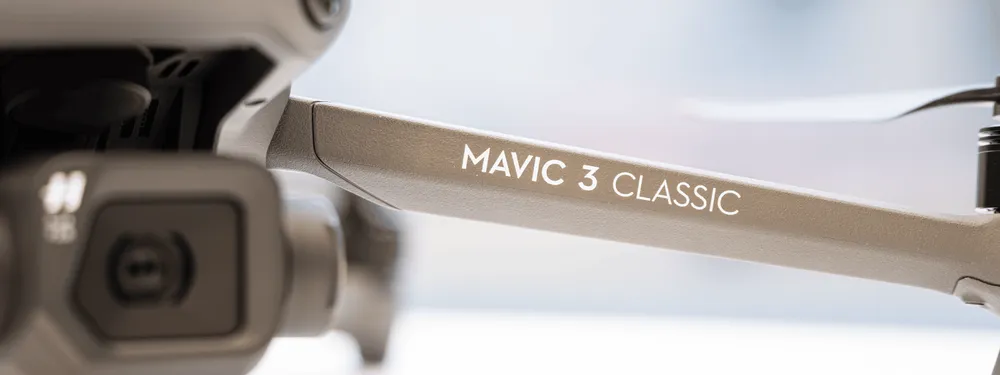
DJI has released yet another addition to the Mavic 3 Line – Mavic 3 Classic. It is a cheaper version of the consumer Mavic 3 with a single omission – the telephoto camera. We tested the drone to inspect if there were any other differences with the mentioned and if it is still as good as the regular Mavic 3. Do the lack of a tele camera and a lower price make it a better package for photogrammetry? Let us find out.
The Two Differences
Yes, there are only two differences compared to the regular Mavic 3. DJI Mavic 3 Classic is 17 percent cheaper (Europe pricing) and lacks the telephoto lens/sensor combination. The body, the remote controller, the app, and the experience are identical to a Mavic 3 with the exception of the gimbal muzzle, which is slightly different than before. Thus we will only be making this a summary post. You can read our unbiased opinion on the Mavic 3, and most of the things will apply here.
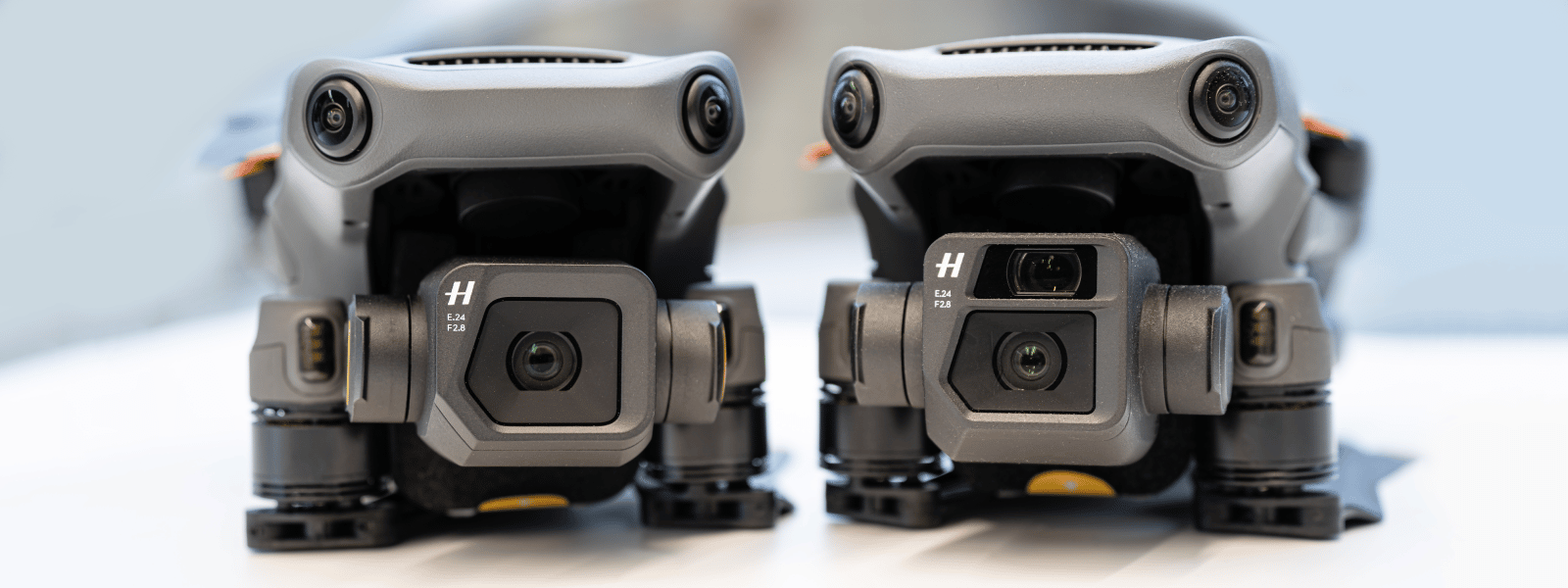
Short Summary
To summarize the DJI Mavic 3 in isolation – it is an excellent drone. It has omnidirectional obstacle avoidance, smooth and powerful flight characteristics, and stable, long-range transmission with a high-quality feed. Flight time is ideal, reaching 35 minutes of real-world flying. At the same time, the camera is stabilized well enough, even in windy conditions.
The camera quality is excellent. You cannot get a better flying camera for this price and size anywhere else. All basic photo settings, formats, and many different video modes should encourage creativity. While hyperlapse, tracking modes, mastershots, and panorama shooting, are good features with their respective use cases. Mavic 3 drones are still the best on the market.
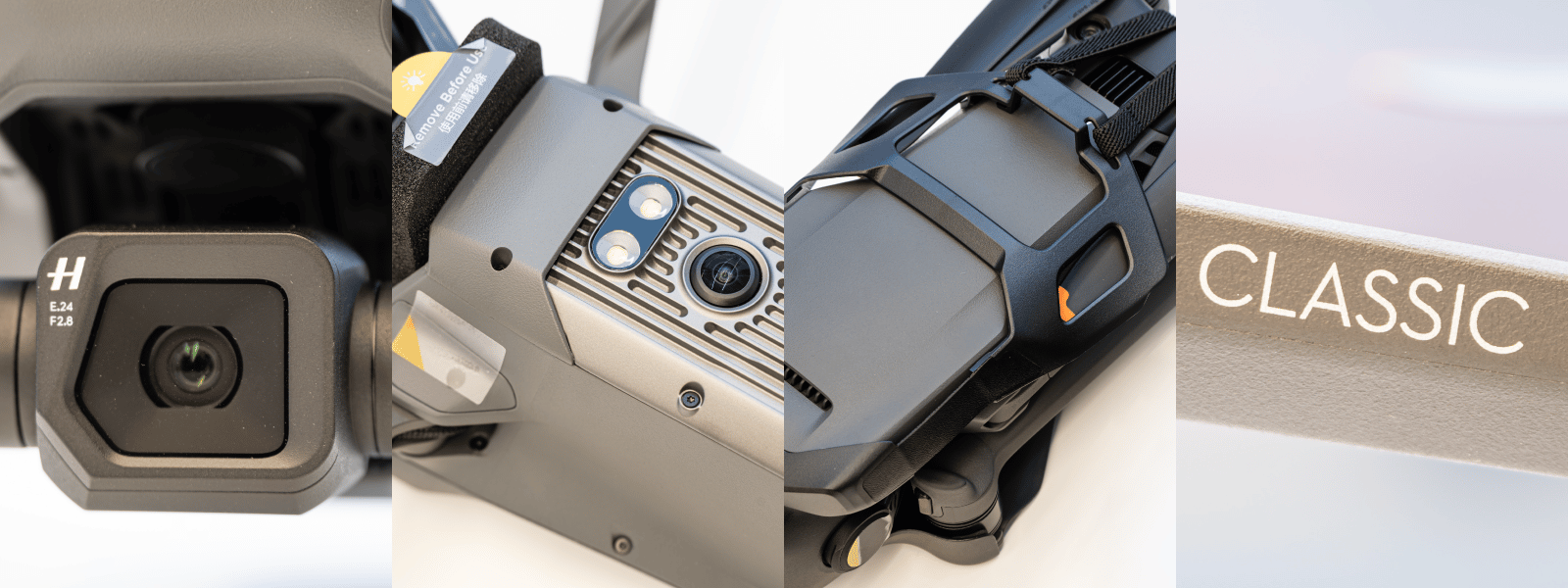
The Software
DJI FLY is used to control the Mavic 3 drones. The app advanced far beyond its initial release in late 2021. With the launch of the DJI Mavic 3 Classic, another update dropped that also added features to the regular Mavic 3. The update added a night movie recording mode, cruise control with speed limit settings, POI and Spotlight modes for the Tele camera, and more. Excellent features for manual photogrammetry and video makers.
But as we explained in our Mavic 3E and 3T blog posts, no SDK for the consumer drones will be released. Therefore no third-party flight planner apps will be available. All we have left is semi-automatic photogrammetry, where we can use tracking features alongside manual shooting to speed up the workflows.
Mavic 3 Classic for Photogrammetry
While the 7x camera module provides a unique perspective for photography and video, it is not necessary for photogrammetry. The tele unit is much harder to control and offers lesser image quality due to the lens being much darker (f4.4 aperture) and the sensor smaller (½ inch). Every shot with the tele module must be deliberate and carefully made, ideally – bracketed, stacked, or stitched to maximize quality.
The main camera module provides excellent quality and control in most scenarios. It is undoubtedly suitable for photogrammetry. Thus, the 7x camera not being in the Mavic 3 Classic does not detract from the photogrammetry capabilities of the drone. The price is less than half that of the Mavic 3E – a drone specifically for photogrammetry. But suppose you want to do primarily small-scale object scans, such as roofs, single buildings, statues, small parks or spaces, and indoor areas. In that case, the Mavic 3 Classic might be enough. As a bonus, the video features are still present with the non-enterprise drone.
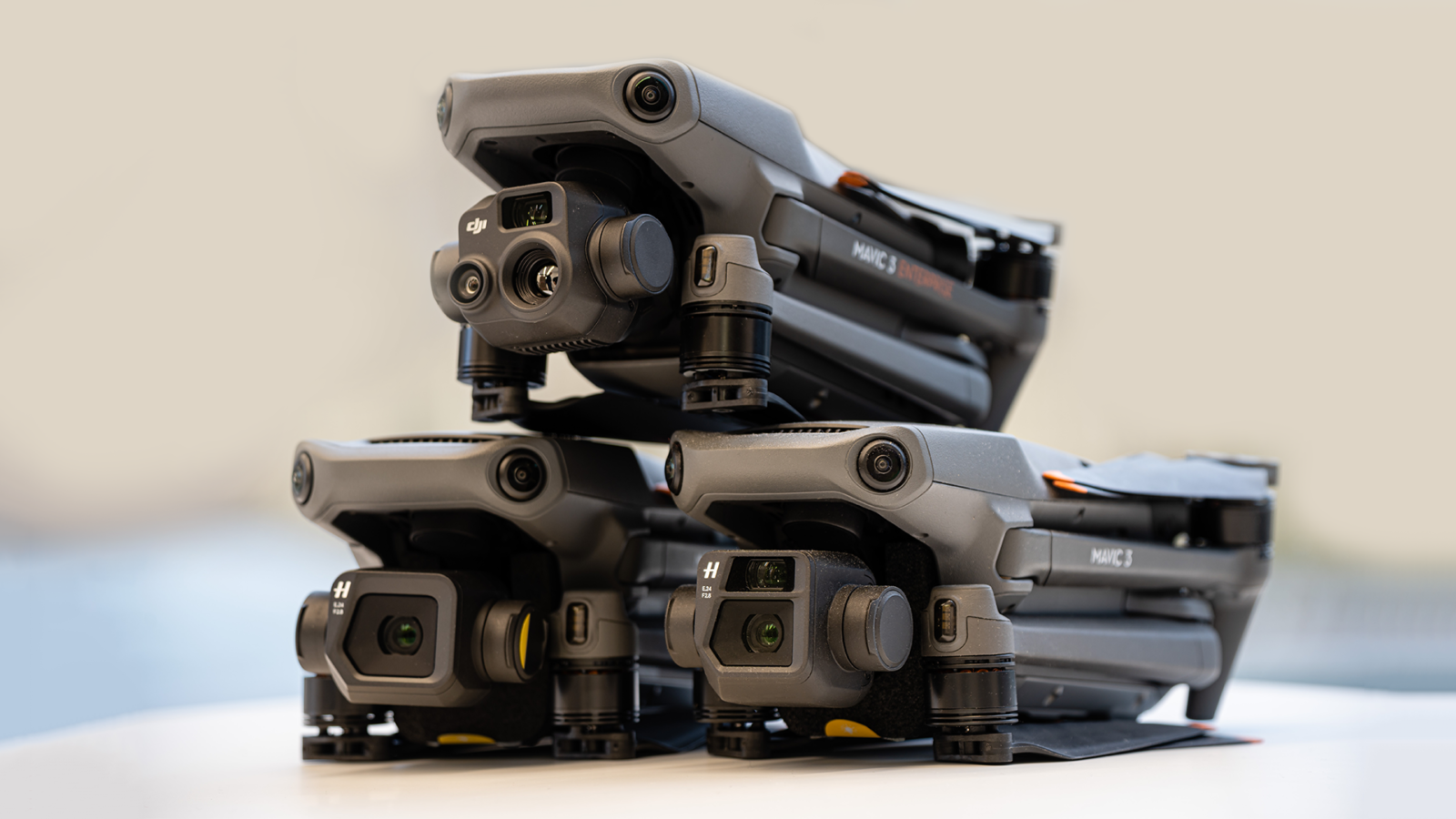
Conclusion
If you do not need that telephoto camera – the Mavic 3 Classic is the best drone on the market if you can afford it. If you plan to do only manual or semi-automatic photogrammetry – the Mavic 3 Classic is the best. Imagine a world where we could use these drones with automatic flying without paying two times the price and losing other features. DJI needs competition.

Photographer - Drone Pilot - Photogrammetrist. Years of experience in gathering data for photogrammetry projects, client support and consultations, software testing, and working with development and marketing teams. Feel free to contact me via Pixpro Discord or email (l.zmejevskis@pix-pro.com) if you have any questions about our blog.
Related Blog Posts
Our Related Posts
All of our tools and technologies are designed, modified and updated keeping your needs in mind
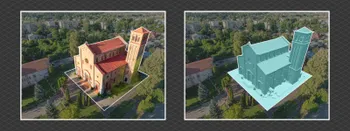
Overlap Between Different Perspectives
Photogrammetry can be simple and rigid or complex and adaptable. Combining different scan patterns adds complexity to the work but improves detail and coverage. We often use examples of combined flights, of which the orbital + nadir grid is a classic. They provide great 3D structure while being easy

Pixpro Waypoints - Automated Photogrammetry Flights for Newest DJI Drones
The latest DJI drones are the most capable flying cameras on the market. If you need a tool like that or a competent machine for casual creation - DJI Mavic 3, DJI Mini 4, and DJI Air 3 series drones are the best.
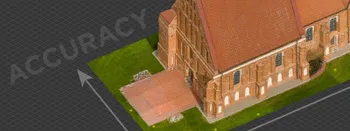
Accuracy of Your Photogrammetry Project
Accuracy in photogrammetry is a multifaceted point of discussion. We can talk about absolute, relative, or even geometric accuracy, to name a few. No tool or technique can really prove anything beyond reproach.
Ready to get started with your project?
You can choose from our three different plans or ask for a custom solution where you can process as many photos as you like!
Free 14-day trial. Cancel any time.
.svg@webp)